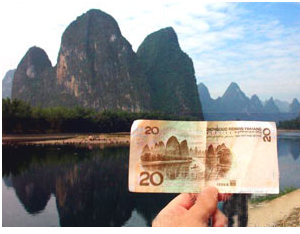Yuan devalued by 2% to boost the Chinese Economy
11/08/2015
On Monday, August 10th 2015, China’s decision to devaluate the Yuan by 2% became public. The reasons for …
L’histoire derrière le Yuan
03/06/2014
Généralités : Chaque jour en Chine, nous prenons nos sacs pour acheter nos provisions, notre eau et nos …
Max on the Influences and Development of the Chinese Language
18/07/2013
Note: This topic is still controversial academically The Chinese language as we know it not only has different …





